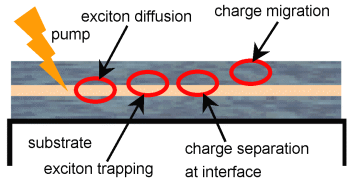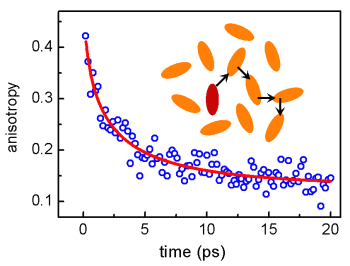
|
||
| |
||
|
||
|
|
|
mailto: webmaster
-------------------------------------------
nav.inc[abfrage], query:Delete from kurzzeitstatistik where TS<"1713953682"
-------------------------------------------
ERRNO: 0
-------------------------------------------
RESULT:
-------------------------------------------
ABORTED
-------------------------------------------
-------------------------------------------
nav.inc[abfrage], query:INSERT INTO kurzzeitstatistik (Datei, Adresse, id, TS) VALUES ("", "3.136.154.103" , "" , "1713954282 " )
-------------------------------------------
ERRNO: 0
-------------------------------------------
RESULT:
-------------------------------------------
ABORTED
-------------------------------------------
-------------------------------------------
nav.inc[abfrage], query:INSERT INTO statistik (Datei, Adresse, id, TS, Laufzeit) VALUES ("", "3.136.154.103" , "" , "1713954282 ","" )
-------------------------------------------
ERRNO: 0
-------------------------------------------
RESULT:
-------------------------------------------
ABORTED
-------------------------------------------


